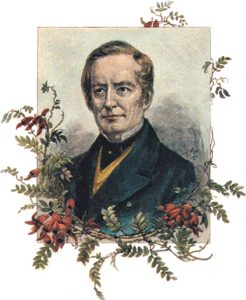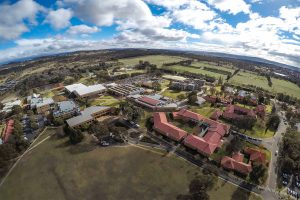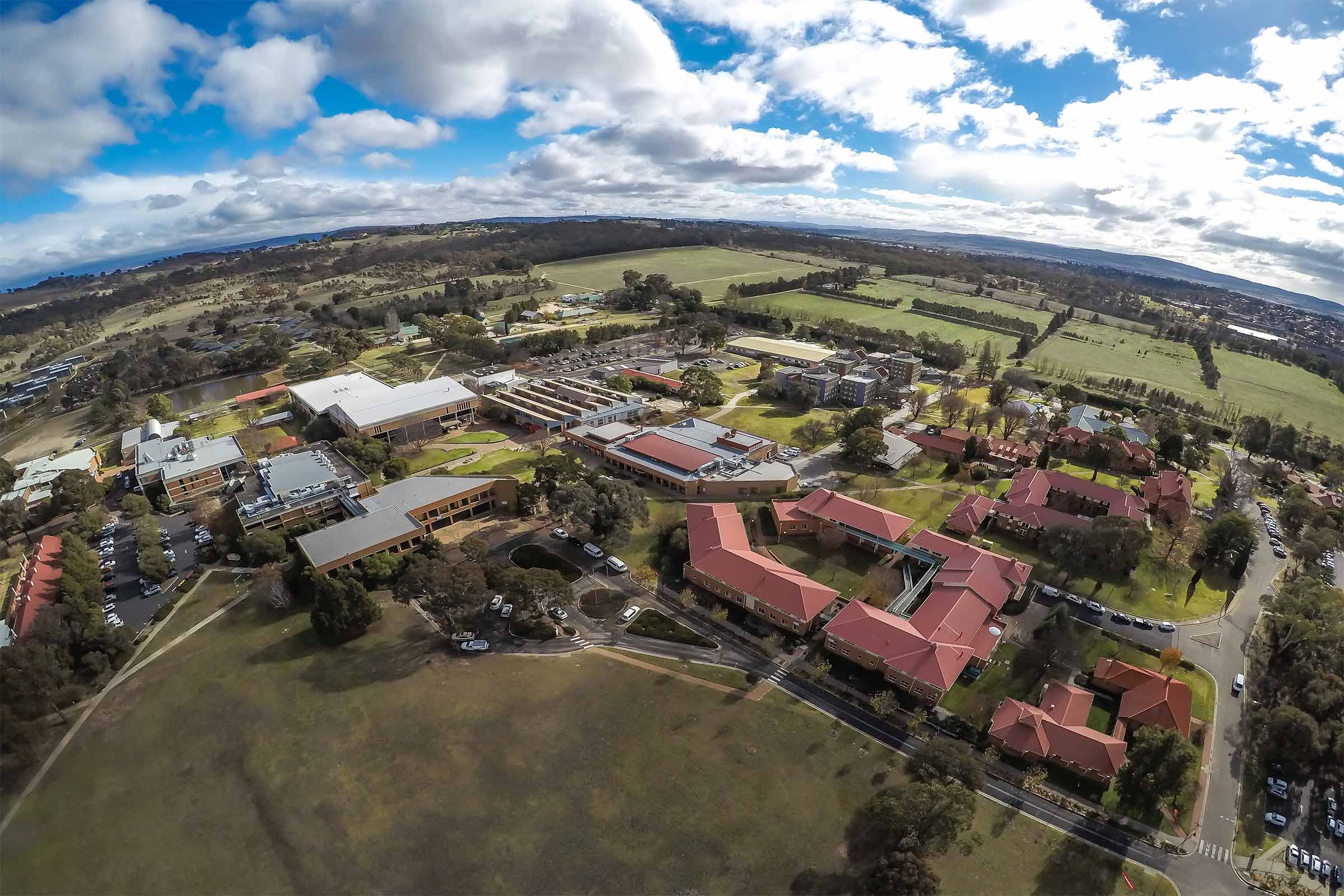At Charles Sturt University, we celebrate a pretty special day every year. It’s kind of like our birthday. Foundation Day is the day that Charles Sturt University was founded as a university (back in 1989). Although we’re considered a ‘young’ university, we have a rich history of delivering professional education that spans more than 100 years.
Have you ever wondered how Charles Sturt became the university of choice for more than 44,000 students each year? Here’s the low-down on our history and how we’re creating opportunities for our students – now and into the future.
Who was Charles Sturt?
Before we get stuck into how we came about as an institution, let’s get acquainted with the historical figure that’s our university’s namesake – Captain Charles Napier Sturt.

One of the most important explorers in Australian history, Sturt sailed to the colony of New South Wales in 1827 in pursuit of exploration. He led expeditions of Australia that traced several of the westward-flowing rivers, establishing that they all flowed into the Murray River.
His first expedition in 1828 followed the Macquarie River through to the Darling River and traversed the region of the Macquarie, Bogan and Castlereagh Rivers. Sturt’s second expedition (1829–30) traced the Murrumbidgee River to its junction with the Murray River and on to the mouth of the Murray at Lake Alexandrina.
Our farming foundations

Charles Sturt University history begins with the establishment of the Bathurst Experiment Farm in 1895. The farm was designed to educate students and local farmers in agriculture, an area that we continue to deliver through our in-demand agricultural and wine sciences degrees.
In its first five years, the farm accommodated just 13 students! They undertook practical work and attended lecturers on a range of topics including agriculture, sheep, wool, veterinary science, dairy science, botany, chemistry, soil physics and entomology.
Foundation Day
Foundation Day commemorates our past, who we are and where we’re going. Charles Sturt University history includes being formally incorporated on 19 July 1989 under the Charles Sturt University Act 1989 (NSW), and today we celebrate Foundation Day on the Wednesday of the week of 19 July each year. It’s a special day on the calendar where we acknowledge our commitment to the public good, and show just how proud we are of our past and present students, alumni and staff – and our community.
Uncovering our Charles Sturt University history

We’ve come a long way from our humble beginnings at the Bathurst Experiment Farm of the late 1800s to our vibrant regional campuses where students come to live, learn and create their futures.
Take a look below to see how we’ve grown throughout the years to educate and futureproof the careers of students across Australia and around the world.
| Year | Event |
|---|---|
| 1895 | Bathurst Experiment Farm established, offering vocational agricultural education. |
| 1896 | Wagga Experiment Farm established, offering vocational agricultural education. |
| 1947 | Wagga Wagga Teachers’ College established. |
| 1949 | Wagga Agricultural College established on the site of the Wagga Experiment Farm. |
| 1951 | Bathurst Teachers’ College established on the site of the Bathurst Experiment Farm. |
| 1971 | Bathurst Teachers’ College reformed as the Mitchell College of Advanced Education. |
| 1972 | Wagga Wagga Teachers’ College reformed as the Riverina College of Advanced Education. |
| 1976 | Merger of the Wagga Agricultural College with the Riverina College of Advanced Education. |
| 1982 | Dissolution of the Goulburn College of Advanced Education. |
| 1984 | Relocation of the NSW Police College (now the NSW Police Academy) from Redfern to the former site of the Goulburn College of Advanced Education. |
| 1985 | Riverina College of Advanced Education re-named the Riverina-Murray Institute of Higher Education with campuses in Albury-Wodonga and Wagga Wagga. |
| 1989 | Merger of the Mitchell College of Advanced Education with the Riverina-Murray Institute of Higher Education and incorporation of Charles Sturt University with campuses in Albury-Wodonga, Bathurst and Wagga Wagga. |
| 1993 | Transfer of the Robinson Education Centre site in Broken Hill to Charles Sturt University by the University of New South Wales. |
| 1998 | Establishment of former Goulburn College of Advanced Education precinct as a university campus with the signing of a contract with the NSW Police Service to provide policing education.New campus in Canberra established to house the Australian Centre for Christianity and Culture through a Deed of Agreement and Lease with the Diocese of Canberra and Goulburn. |
| 1999 | Opening of new campus in Dubbo in western NSW. |
| 2005 | Establishment of new campus in Ontario and accreditation by provincial government to operate as a university. |
| 2006 | Transfer of the Orange campus of the University of Sydney (formerly Orange Agricultural College) to Charles Sturt.Establishment of Study Centres for international students in metropolitan Sydney and Melbourne. |
| 2012 | Opening of a new campus in Port Macquarie on the mid-north coast of NSW. |
| 2015 | Opening of the Wangaratta Regional Study Centre in northern Victoria. |
| 2016 | Establishment of a Study Centre for international students in Brisbane. |
What it means to be part of the family
When you choose to study with us, you become part of the Charles Sturt family. We are very fortunate to have an outstanding group of diverse, passionate and engaged people studying and working with us.
Our values guide us in respectfully knowing how to live well in a world worth living in.
Creating a world worth living in
The Wiradjuri phrase Yindyamarra Winhanganha means the wisdom of respectfully knowing how to live well in a world worth living in. This represents who we are at Charles Sturt University – our ethos. It comes from traditional Indigenous Australian knowledge but also speaks to the mission of a university – to develop and spread wisdom to make the world a better place. We are a university of the land and people of our regions, and we aim to develop holistic, far-sighted people who help their communities grow and flourish. Discover what makes us unique.


You must be logged in to post a comment.